Petroleum Products
Liquefied Petroleum Gases
Liquefied gases are one of the petroleum products used worldwide today, such as city gas for cooking, which is why it is interesting to know what LPG gas is and what compounds it is made of.
If you are also interested in learning about the features, uses, structure, and history of the discovery of liquefied petroleum gases, you have reached the right source.
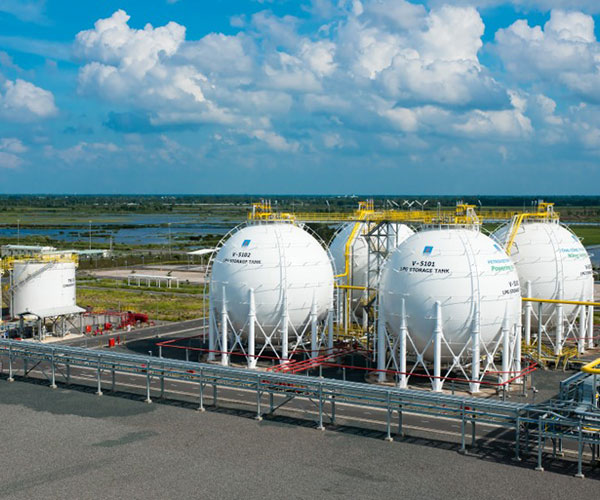
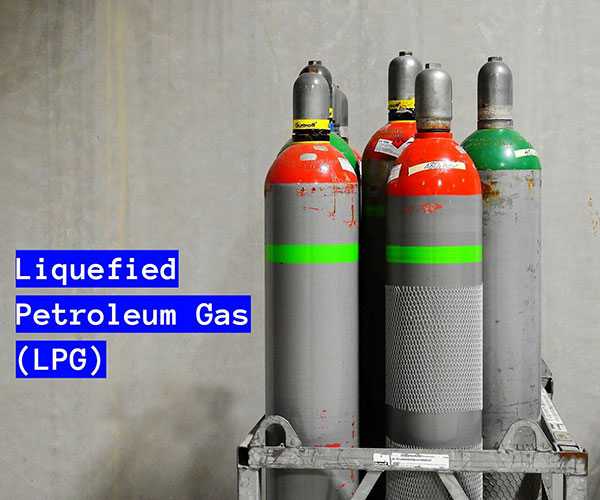
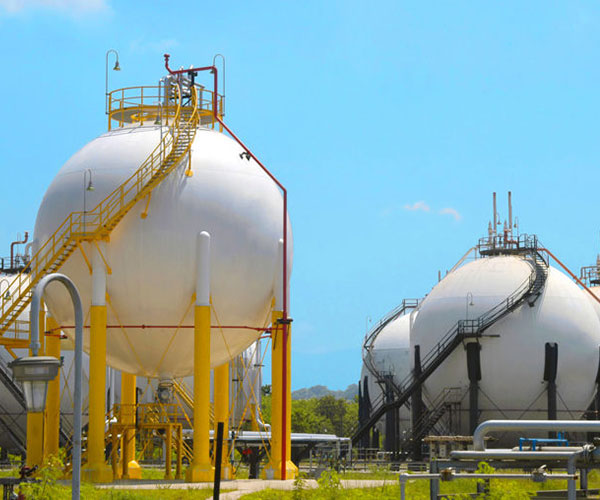
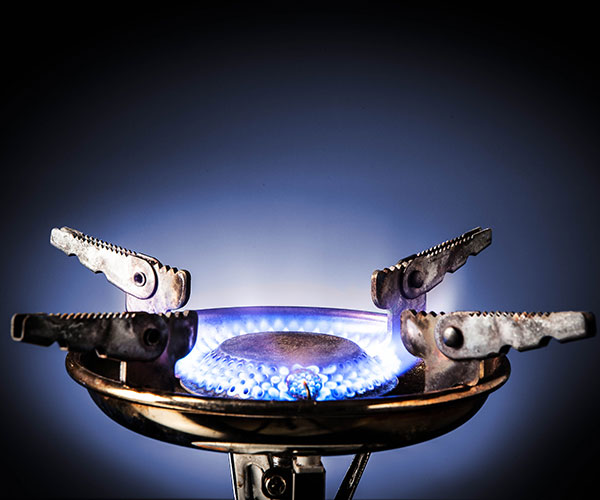
What is liquefied petroleum gas (LPG)?
Liquefied Petroleum Gas is a colorless and volatile gas obtained by pressuring, cooling, and liquefying refinery or natural gas (including oilfield gas). The main components of liquefied gas obtained from refinery gas are:
- Propane
- Propylene
- Bhutan
- Bouton
The liquid gas composition obtained from natural gas is essentially free of olefins. Liquefied gas is a flammable substance that will explode when exposed to an open flame when the air content reaches a specific concentration range.
This article will review all the essential points about liquefied petroleum gases in simple language, so stay with us until the end.
History of the discovery of LPG gas
In 1892, Holland was the first to use natural gas to test and obtain liquid methane. He created the theoretical basis of oil gas liquefaction. In the early 20th century, Dr. Walter Snelling conducted a stability test on gasoline. He found that the gas volatilized by gasoline is liquid under specific temperature and pressure conditions and successfully extracts propane and butane from natural gas. Germany, the United States, Japan, France, Italy, and some Eastern European countries also produce and use liquefied gas.
During the past half-century, with the development of oil resources and the development of the refining and chemical industry, not only has the rapid expansion of liquefied gas occurred in countries with rich oil resources; but Some countries with insufficient resources have also produced large amounts of liquefied gas. Liquefied Petroleum Gas is currently built on all continents. North America and the Middle East are the largest producers of LPG, followed by some Asian regions. Africa produces less than 10% of global production. The world consumption of LPG in 2008 was 230 million tons. In 2012, consumption reached 265 million tons.
Main characteristics of LPG
Liquefied Petroleum Gas is a combination of light hydrocarbon compounds. It mainly consists of butane (C4H10), propane (C3H8), or a mixture of both. At room temperature, both gases are colorless and odorless. The temperature of propane is -42°C, and butane is -0.5°C. Under moderate pressure or in more excellent conditions, LPG turns into a liquid state. LPG gas used in household cylinders for cooking generally has more butane than propane;
Because the amount of fuel per kilogram of butane is higher than propane, it liquefies under much lower pressure than propane. When liquefied under pressure, the volume of butane and propane is reduced to about 1/260 of the gaseous state. The specific heat value of LPG is around 46 MJ/kg or 12.78 kWh/kg, depending on the LPG composition. Liquid gas is heavier than air and can reach the top of the atmosphere. This may lead to liquefied gas leaks or LPG-‘lakes’. To detect the leakage and reduce the risk of explosion, adding a bad smell to the gas is done.
Advantages of LPG
As a general fuel, liquefied petroleum gas have their apparent advantages:
- Comprehensive use of oil resources.
- The equipment for its transmission and distribution system is simple. (Saving investment)
- Easy to use and environmental protection: liquefied gas is almost free of any combustible components. After complete combustion, it is odorless and non-toxic, does not produce ash, is clean and hygienic, and protects the environment.
- Flexible supply: This method is usually under pressure or liquid cooling to facilitate storage and transportation. Reducing the volume of liquefied gas to 1/250 to 1/300 of the original volume is under pressure inside the container; it is easy to transport, and urban and rural customers can use it. Pipelines can be used to provide gas in areas where residents are concentrated, so its distribution is very flexible.
- High calorific value: the calorific value of liquefied gas is three times that of natural gas and more than six times that of synthetic gas.
- It is suitable for long-distance transportation.
Dangerous properties of liquefied gas
In this section, we will discuss the disadvantages of liquefied petroleum gas and what points we should pay attention to when using them to avoid possible risks.
1. Explosive properties of liquid gas
The first and most significant disadvantage of LPG is that it is explosive. Generally, when an LPG accident occurs, an explosion will occur and explode before burning. The main reason is that the calorific value of liquid gas is relatively high. The calorific value of liquefied natural gas alone is several times higher than that of ordinary coal gas. Therefore, an explosion appears when a safety incident occurs in liquid gas.
2. Flammable properties of liquid gas
Liquefied petroleum gas is one of the main components of the oil. These components are all common hydrocarbon compounds, and the most prominent feature of hydrocarbon compounds is their flammability. In addition, the ignition point of these hydrocarbon compounds in the liquid gas composition is shallow, which can easily cause combustion.
3. Toxicity of liquefied gas
Liquid gas is poisonous, but the risk of this poisoning depends on some conditions. Only when the concentration of liquefied gas in the air is more than 10% it causes poisoning of the human body. When the human body is exposed to such a poison, vomiting, nausea and even coma occur, which can cause significant harm to the human body.
4. Velocity and volatilization of liquefied gas
LPG is straightforward; whenever there is a leak, LPG is released from storage. In addition, under normal conditions, 1 liter of LPG produces about 350 liters of volatile gas after discharge. These gases burn in contact with electricity and cause severe fires.
Application of LPG gas
The use of liquefied petroleum gas as a fuel has been widely used for the following reasons:
- Its high calorific value
- No smoke
- No carbon residue
- Easy operation
- Using it in people’s lives
In addition, liquefied gas is also used for the following purposes:
- Metal cutting
- Cooking agricultural products
- Roasting in industrial ovens
- As a raw material for petrochemicals
- Hydrocarbon cracking to produce ethylene or steam reforming to produce synthesis gas
- As a fuel for domestic and industrial combustion engines
- Production of synthetic plastics
- Synthetic rubber
- Production of synthetic and medicinal fibers
- Explosives
- Color
LPG gas as vehicle fuel
Liquefied petroleum gas is commonly called autogas when used as fuel for vehicles with an internal combustion engine. It can also be used for fixed ICE installations such as generators. LPG is a fuel gas.
LPG gas is also known as propane or butane. A mixture of flammable hydrocarbon gases used as fuel in vehicles. Liquefied petroleum gas work in engines like gasoline-fueled internal combustion engines. The engine block, pistons, spark plugs, ignition system, lubrication system, and electrics run on LPG fuel. It consists of propane, butane or a mixture of the two and is also referred to as liquefied natural gas (LNG).
Iranian liquefied gas customers
On the eve of lifting the sanctions imposed on Iran and on the days when the market for business delegations from Asia, Europe, and Africa to Iran is hot. In addition to the negotiations that are taking place in the field of increasing the purchase of oil from Iran and investing in Iranian projects, the purchase of gas in the form of LNG from Iran is one of the most important topics under negotiation.
The largest holder of gas reserves
As the largest holder of gas reserves in the world, Iran has a share of 1.5% of the global gas market; however, with the increase in gas production in the country, especially from the South Pars joint field, plans to increase gas exports to the Persian Gulf countries are on the agenda of the Ministry of Oil.
Gas Export
Iran now exports 25 million cubic meters of gas to Turkey per day, and the export of gas to Iraq will also begin soon; in addition, negotiations between Iranian and Omani companies to build a sea pipeline to export gas to Oman are also underway, and as It has been announced that Iranian gas will go to Oman in the next 2.5 years.
In addition to the Persian Gulf countries, gas export to Europe is also one of the other things that can increase Iran’s role in the global gas trade. Gas export to Europe is nearly 40 years old, and it is said that the national gas transmission line is the second in a year. In 1976, it was exported to Europe.
The oil minister announced Spain’s readiness to use its gas import terminals (LNG) for Iran’s entry into the European gas market and said that negotiations between Iran and Spain would continue in this regard.
We at Iran Petroleum are by your side to supply the highest quality and rarest Iranian Petroleum Products. Our professional consultants will accompany you in this way.

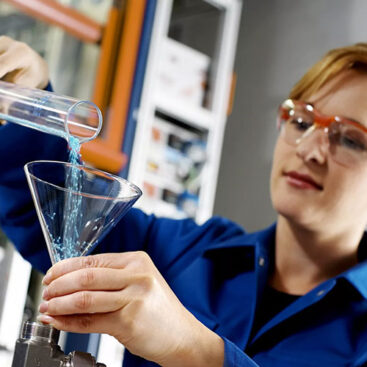
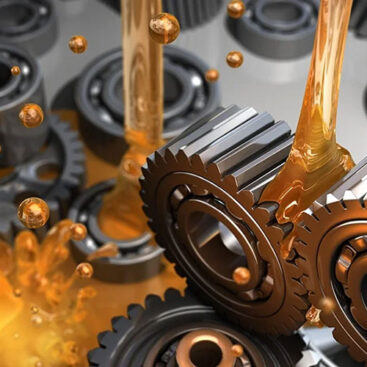
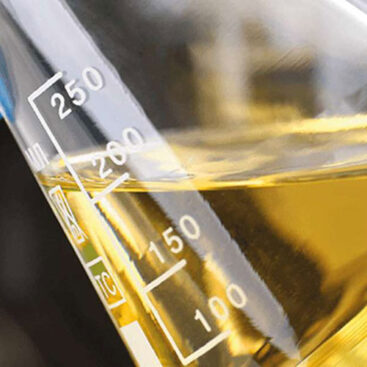
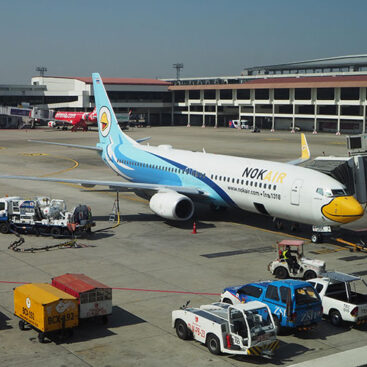
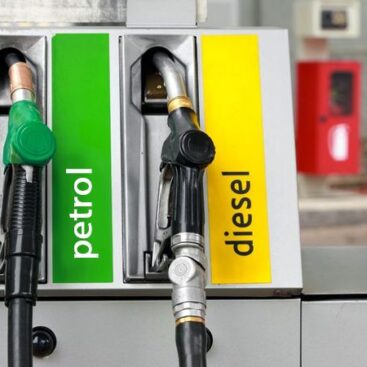

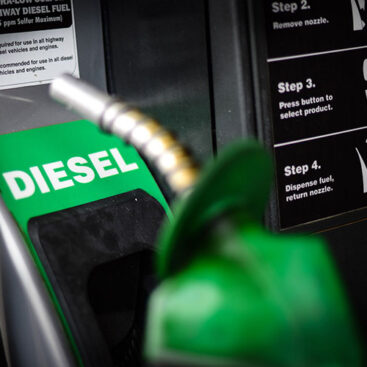
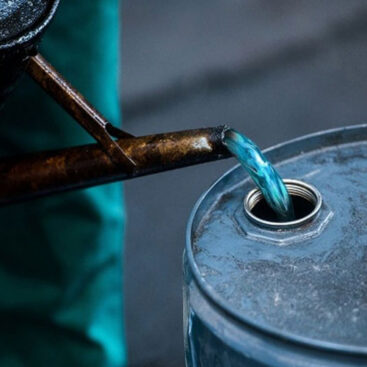
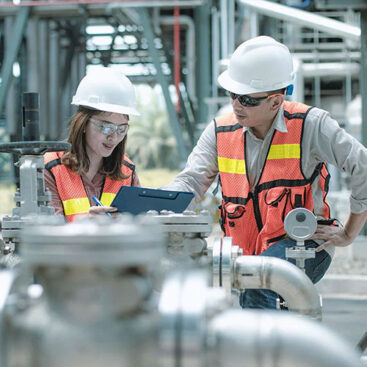
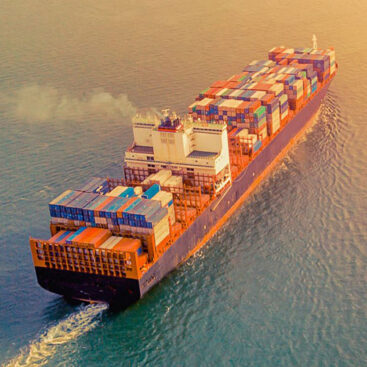
Leave a Reply